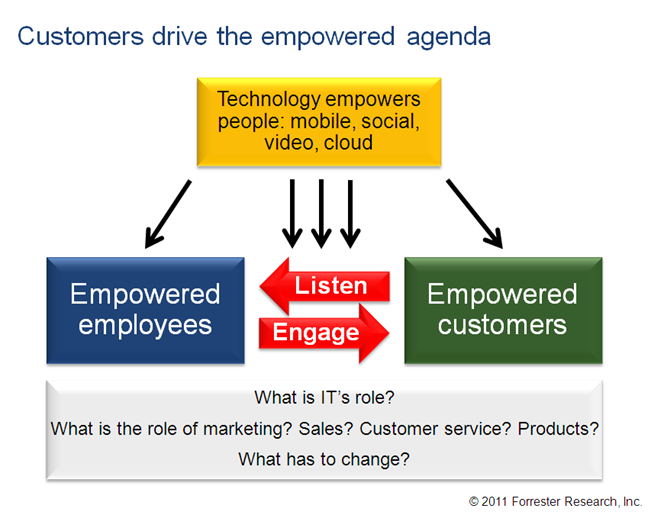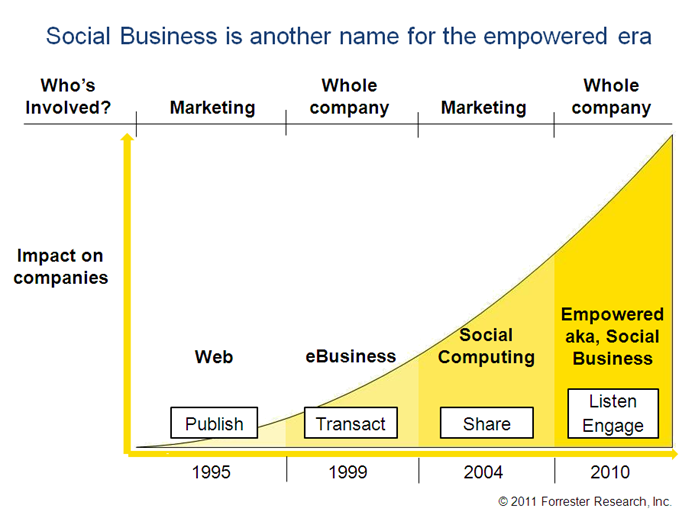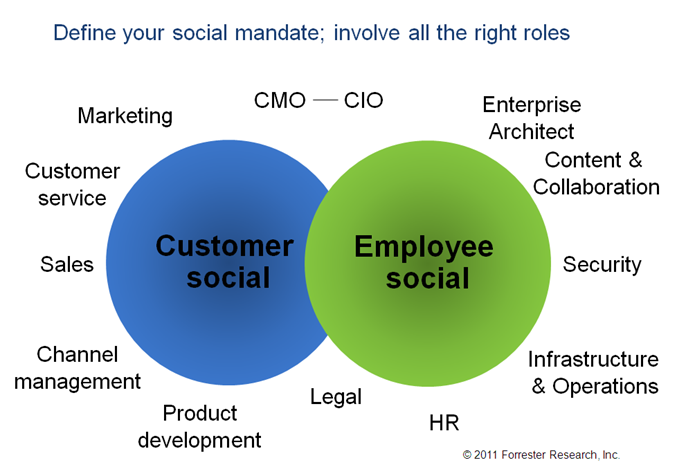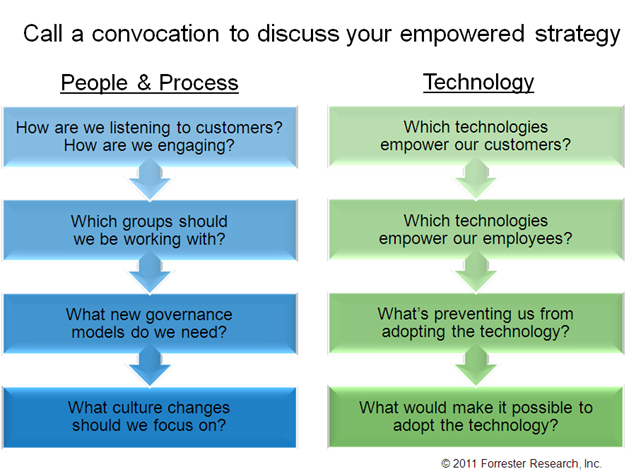“Day One” For IBM’s Social Business Strategy: It’s Business In The Empowered Era
I just got back from Lotusphere after waiting out the sixth blizzard of this "snowmaggedon" Boston winter. The venerable Notes developer and administrator conference received an injection of business relevance on Monday when Lotus GM Alistair Rennie announced IBM's Social Business strategy. The conference motto was "Get Social. Do Business." In a private conversation, Rennie called Monday "day one" for social business.
The importance of Rennie's announcement was reinforced by the IBM brand presence and by presentations from IBM senior vice president Mike Rhodin and IBM senior vice president of marketing and communications, Jon Iwata. I believe that for IBM, social business is a strategy on par with its e-business strategy in importance and transformational potential. This will be clearer to everybody once IBM's advertising and product engines get cranking.
As for us, well, we're an easy sell on the strategy's transformational potential because what IBM calls social business, we call Empowered, and we wrote a book about it. Here are some charts to help make the connections clear.
The first picture is a diagram that captures the technology dynamic of the empowered era and indicates the organizational response that will be required. In a nutshell, companies will need to respond to the demands and expectations of empowered customers by:
- Empowering employees to respond to the needs of empowered customers. (This is what our book Empowered is about.)
- Listening to the market conversation using social listening platforms. (That's the subject of our book, Groundswell.)
- Engaging with empowered customers using every tool at your disposal: mobile, social, video. (This is also what our book Empowered is about.)

The second picture shows Empowered's place in history. IBM will call it Social Business. We can get behind that because the point is the same: the entire company will have to rethink how it empowers employees to meet the needs of empowered customers. And social technology is the fundamental shift that makes it possible. If companies figure out how to harness it.

The third picture is intended to trigger a discussion about your social agenda and the roles that need to be involved in driving the "whole company" response.

We wish IBM all the best in helping ignite yet another set of conversations involving the entire organization, though spearheaded by the CIO and the CMO. To help, we'll leave you with a final picture that suggests a way to get started.

